Research
My research covers many areas of optics and photonics, reaching from singular optics over nonlinear optics to atomic, molecular and quantum optics. An underlying theme is the shaping of the light fields in the spatial degrees of freedom, the polarization or the frequency. My research is often related to the mechanical properties of light and in particular the angular momentum.
Optically enhanced rotational spectroscopy 2015 - present
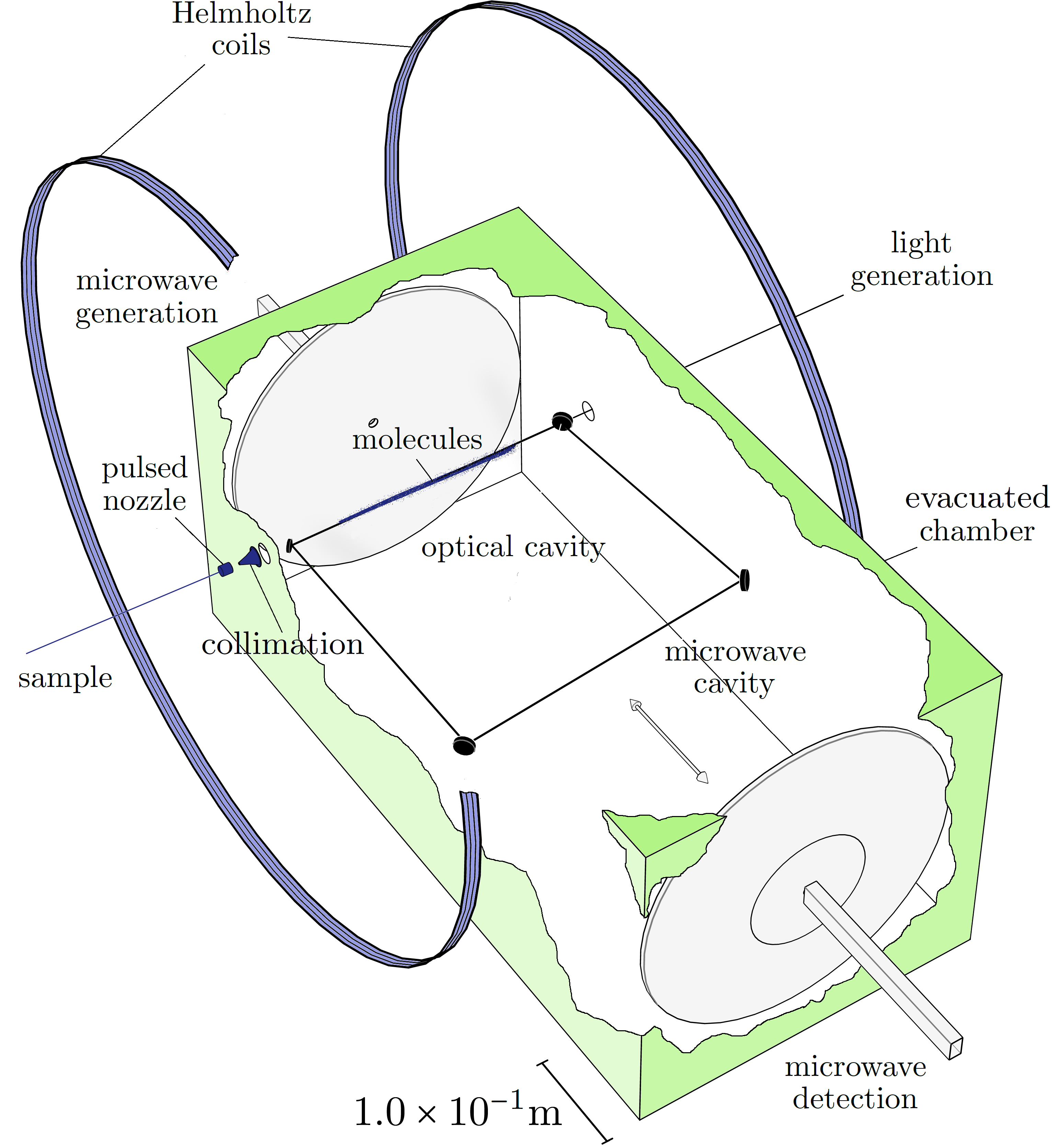
The ability to deterime orientated rather than isotropically averaged information from molecules by means of shifting the rotational levels via optical illumination offers a varity of new sensitivities for the analysis molecular properties and in particular their chirality. We have filed both an UK and PCT patent application to protect our idea.
Publications
- JB Götte, RP Cameron and SM Barnett Orientated molecular information from chiral rotational spectroscopy Proceedings of SPIE 10120, Complex Light and Optical Forces XI, 101200N (2017); • doi: 10.1117/12.2253633
- RP Cameron, JB Götte and SM Barnett Chiral rotational spectroscopy Physical Review A 94, 032505 (2016) • doi: 10.1103/PhysRevA.94.032505 • PDF
- RP Cameron, JB Götte, SM Barnett and JP Cotter Matter-wave grating distinguishing conservative and dissipative interactions Physical Review A 94, 013604 (2016) • doi: 10.1103/PhysRevA.94.013604 • PDF
Electron vortex beams 2016 - present
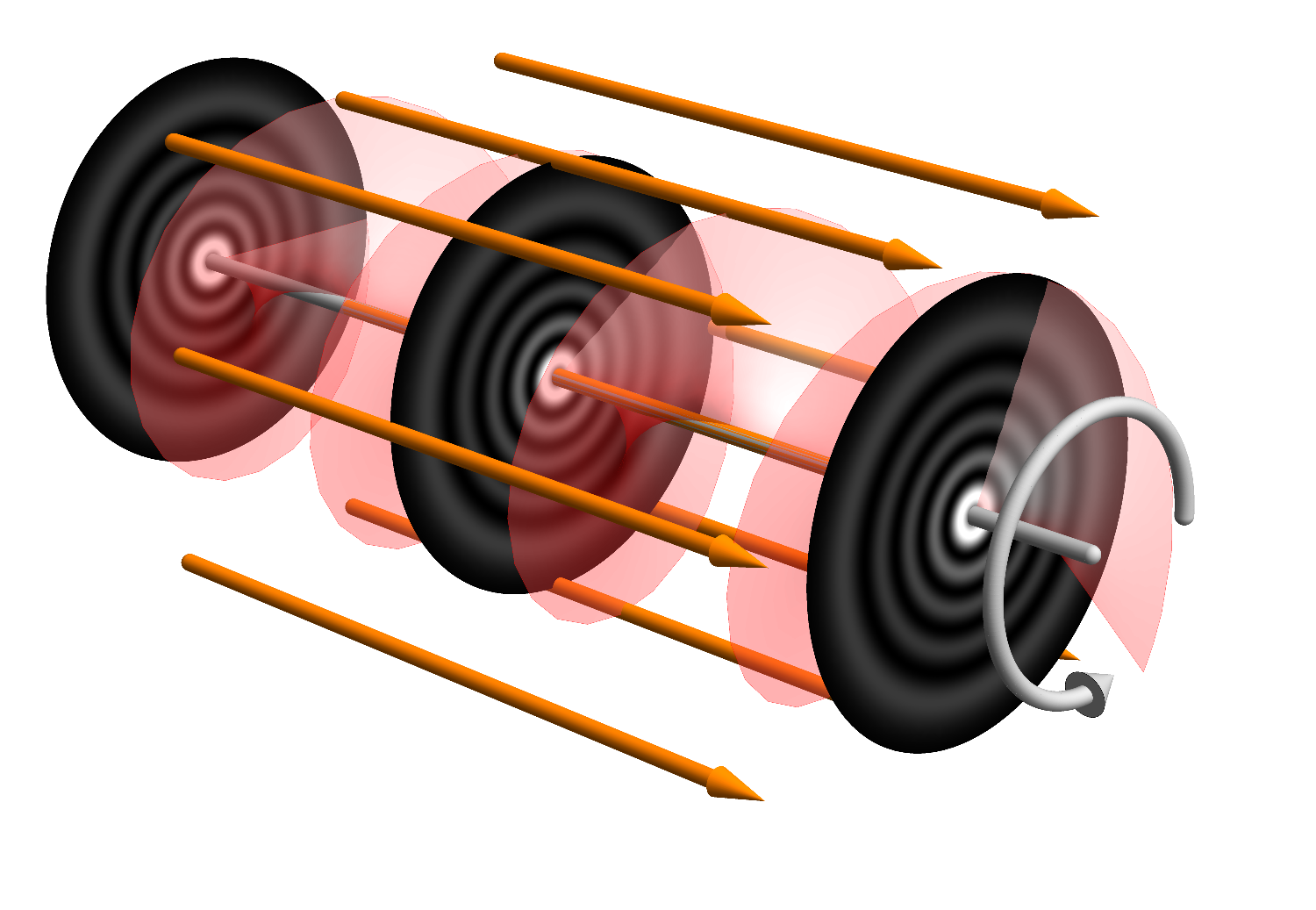
The possibility to endow electron beams with a form or orbital angualar momentum, similar to light beams, is fascinating. Different energy regimes require different theoretical formalism as does the presence of external fields. Our particular interest is on the effect of electromagnetic fields on relativistic electon vortex beams.
Publications
- K van Kruining, AG Hayrapetyan and JB Götte Nonuniform currents and spins of relativistic electron vortices in a magnetic field Physical Review Letters 119, 030401 (2017) • doi: 10.1103/PhysRevLett.119.030401 • PDF
Simultaneous spatial and temporal focussing 2013 - present
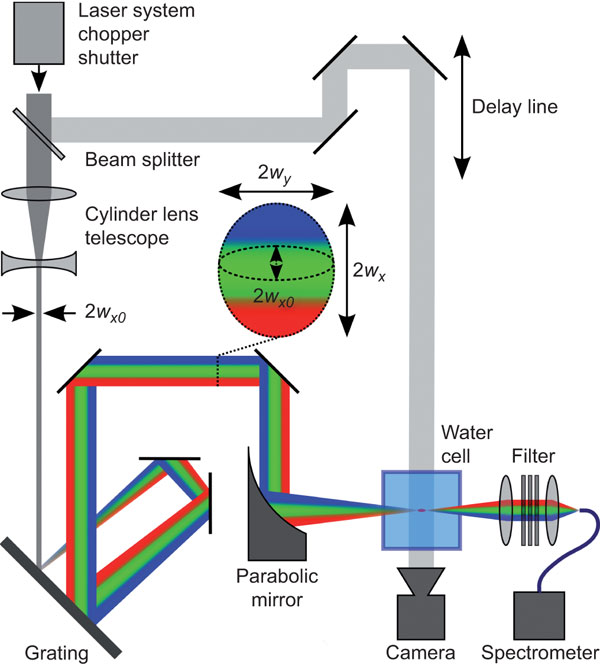
In recent years, femtosecond (fs)-lasers have evolved into a versatile tool for high precision micromachining of transparent materials, because nonlinear absorption in the focus can result in refractive index modifications or material disruptions. However, when high pulse energies or low numerical apertures are required, nonlinear side effects such as self-focusing, filamentation or white light generation can decrease the modification quality. We have shown that simultaneous spatial and temporal focusing can overcome these limitations leading to more precise control over the machining process.
Publications
- R Kammel, R Ackermann, J Thomas, J Götte, S Skupin, A Tünnermann and S Nolte Enhancing precision in fs-laser material processing by simultaneous spatial and temporal focusing Light: Science & Applications 3, e169 (2014) • doi: 10.1038/lsa.2014.50 • PDF
Singularimetry 2012 - present
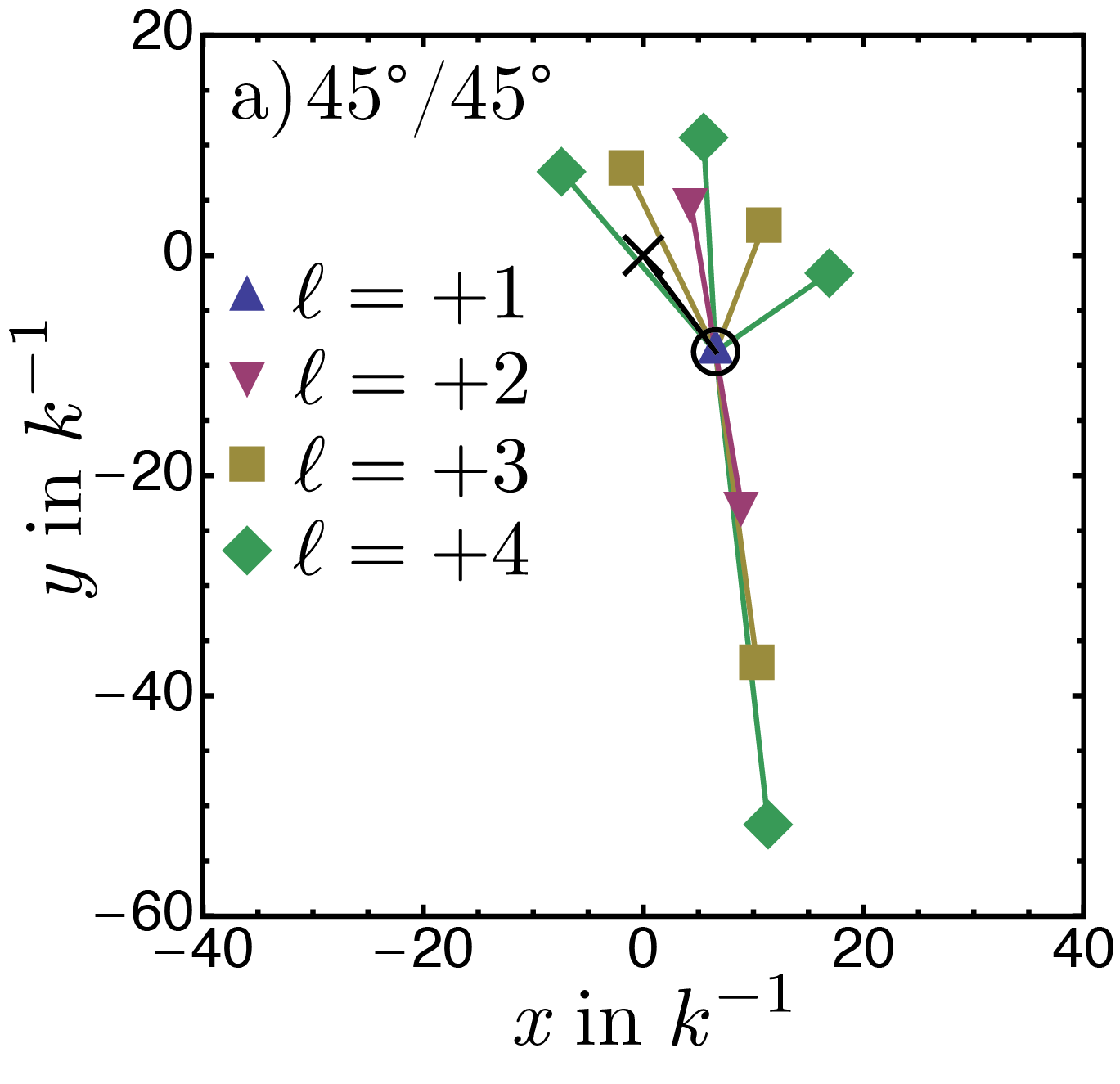
Higher order singularities in the optical field, and in particular optical vortices, are very sensitive to disturbances and split up into a constellation of vortices with unit topological charge, even when reflected obliquely from a planar surface. We have found a way to express the reflected field in terms of a complex analytic polynomial for which the coefficients are given by a systematic expansion of the reflection operator. We can therefore calculate the resulting constellation of vortices, which, when measured, would allow us to probe the material composition of the reflecting surface.
Publications
- MR Dennis and JB Götte Topological Aberration of Optical Vortex Beams and Singularimetry of Dielectric Interfaces Physical Review Letters 109, 183903 (2012) • doi: 10.1103/PhysRevLett.109.183903 • PDF
Microscopy and nano-optics 2011 - present
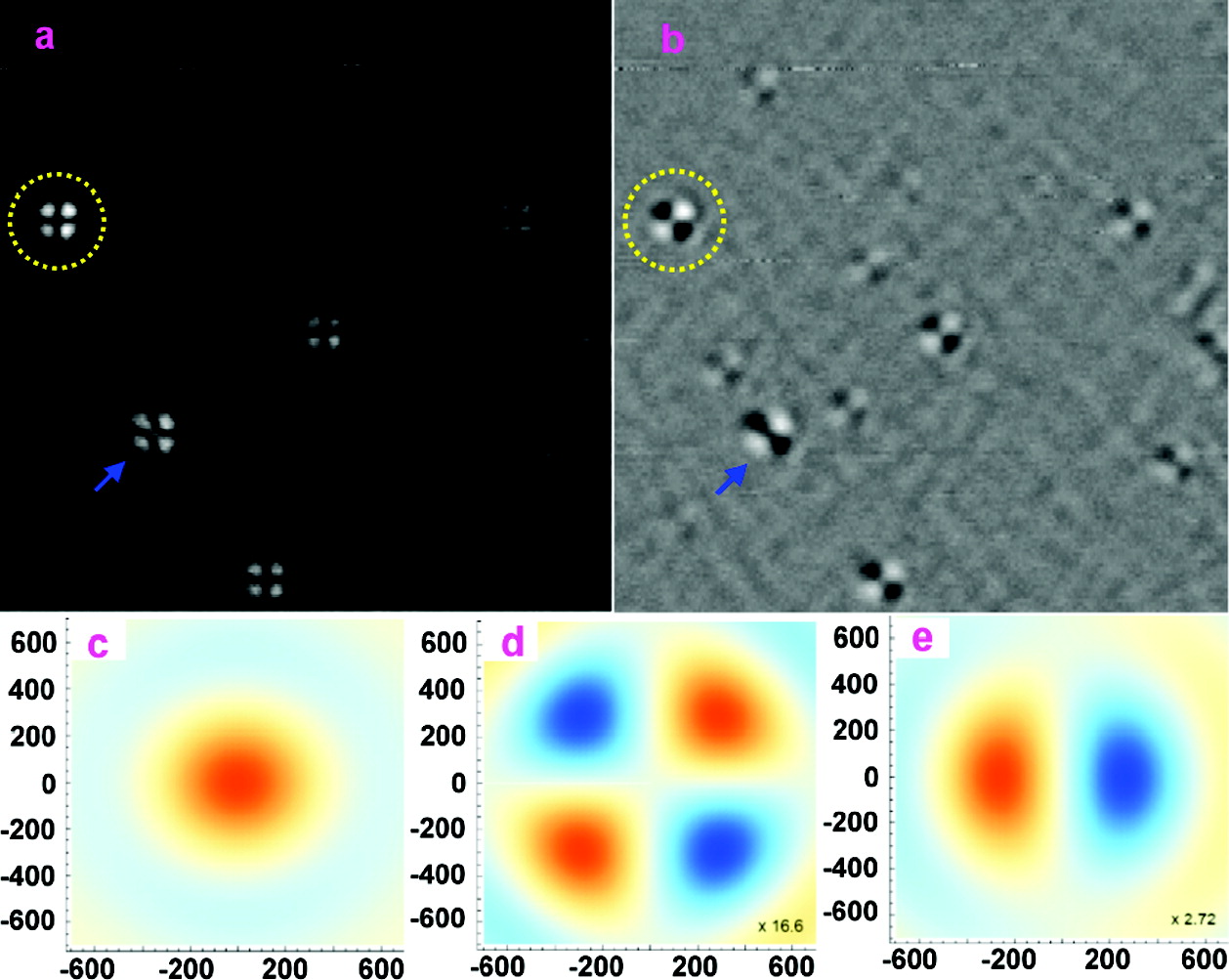
Metal nanoparticles play a key role in sensing and imaging. Here we demonstrate the detection of metal particles down to 5 nm in size with a signal-to-noise ratio of ∼7 using interferometric cross-polarization microscopy at ultralow excitation powers (∼1 μW) compatible with single molecule detection. The method is background-free and induces no heating as it operates far from plasmonic resonance. The combination of unlimited observation time and protein-sized metal nanoparticles has great potential for biophysical applications.
Publications
- X Hong, EMPH van Dijk, SR Hall, JB Götte, NF van Hulst and H Gersen Background-free Detection of Single 5nm Nanoparticles through Interferometric Cross-Polarization Microscopy Nanoletters 11, 541 (2011) • doi: 10.1021/nl1034489 • PDF
Optical beam shifts and weak values 2008 - present

In contrast to the laws of geometric optics, realistic optical beams of finite extent experience spatial and angular deviations on reflection, transmission and general scattering. These effects are collectively known as optical beams shifts and are mostly studied for collimated beams. In this regime, there exists a weak coupling between the polarization of the beam and its spatial structure, which is introduced by the optical process. This weak interaction is analogous to a weak measurement on the quantum theory of measurements, and optical beam shifts can be viewed as weak values. We have developed a linear algebra approach to optical beam shift which highlight the connected and allows to identify eigenpolarizations for transverse shifts.
Publications
- JB Götte, W Löffler and MR Dennis Eigenpolarizations for giant transverse optical beam shifts Physical Review Letters 112, 233901 (2014) • doi: 10.1103/PhysRevLett.112.233901 • PDF
- JB Götte and MR Dennis Limits to superweak amplification of optical beamshifts Optics Letters 38, 2295 (2013) • doi: 10.1364/OL.38.002295 • PDF
- MR Dennis and JB Götte Beam shifts for pairs of plane waves IOPselect Journal of Optics 15, 014015 (2013) • doi: 10.1088/2040-8978/15/1/014015 • PDF Selected as Journal of Optics "Highlight of 2013"
- MR Dennis and JB Götte The analogy between optical beam shifts and quantum weak measurements New Journal of Physics 14, 073013 (2012) • doi: 10.1088/1367-2630/14/7/073013 • PDF